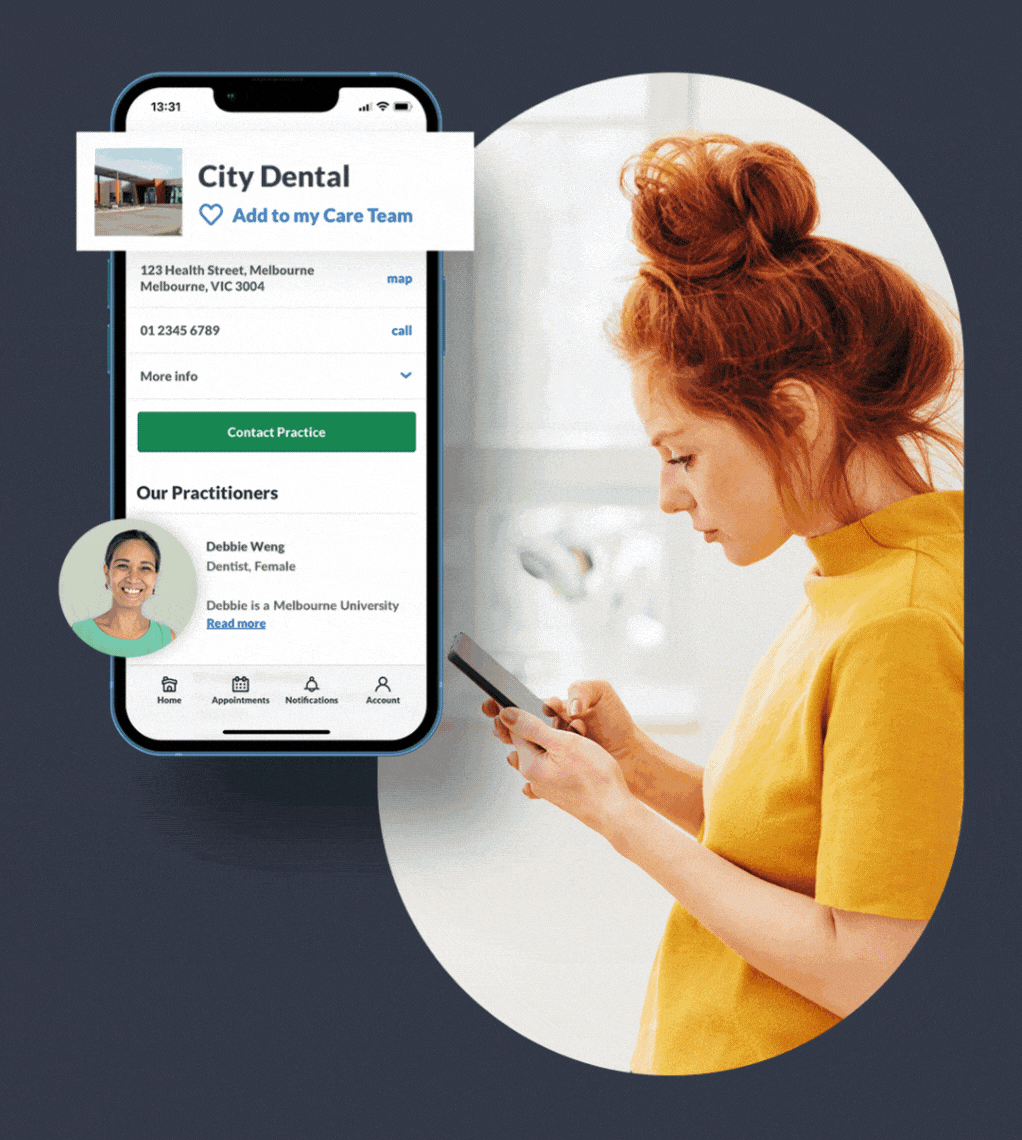
Gaining lots of new patients might look and feel good on paper. But it isn’t necessarily a good measure of your practice’s success. If you get 100 new patients through the door in a week, how many are actually sticking around beyond their initial check up and clean? How many of those patients will accept a treatment plan, or refer their friends and family to your practice? Are those new patients taking appointments away from your existing patient base who are more likely to take on additional treatments of higher value?
Understanding the average lifetime value of your patients can help you ensure you’re not wasting energy on low impact schedules and marketing campaigns.
What is Patient Lifetime Value (PLV) and why is it so important?
There are a few ways you can analyse your patient lifetime value. For now, when we refer to PLV, we’re analysing the value of each patient as a return on your marketing efforts.
Looking at patient value in terms of the actual revenue they’re bringing in makes this more complicated when you’re dealing with referrals. This method doesn’t necessarily reflect the overall financial growth of your practice. To look at the value of each patient from that perspective, you need to consider each referrals separately. But for your marketing budget, the cost of attracting those patients is absorbed in your initial patient.
If a patient refers their brother and sister, that’s two new patients you’ve gained without spending any extra time, money, or efforts on marketing. Which means you’re getting a better value from bringing in the initial patient, and a better return on your marketing investments.
Calculating your PLV
Here’s a simple guide to finding the value of your patients: How to calculate Patient Lifetime Value.
This basic calculation method is a great starting point, but consider how you could change the figures to improve accuracy for your practice. A family practice might choose to measure PLV as a family unit, or categorise each patient’s children as referrals. A practice that’s more focused on implant cases might find that they need to adjust the annual value if it isn’t likely to be consistent each year.
Understanding how these factors influence your PLV will empower your team to make effective decisions. It can help with marketing, the ways you communicate with patients, and the services you choose to put in the spotlight. Having a clear handle on all of this will help you plan for consistent growth.
Better accuracy on your patient value at your practice
So how can we make sure that value is accurate?
Every practice is going to have variations in how they calculate PLV. A child or teen patient might come in more often and have a greater value for your practice. But they will be less likely to increase value with referrals than adult patients. Similarly, your adult patients might only come in for routine check up and cleans, but they could provide great value when they refer friends and family or take up cosmetic treatments.
There’s also going to be variations with the type of practice and the different services you champion. Does your practice focus on cosmetic dentistry or are you a family practice at the core?
So now let’s revisit those calculations and compare them to your practice’s actual experience. How long are your patients sticking around, and what percentage of them take up additional treatments? Can you use this to get a more accurate figure for lifetime spend?
Next you’ll need to consider how many referrals your patients are bringing in. Is an average of two per patient accurate? Are you factoring patient’s children into the PLV, either as a referral or additional annual spend? Step back and take a look at where you end up and compare that to your marketing budget.
Improving your marketing efforts
Often when dentists think about marketing, they’re thinking about bringing in new patients. But there’s so much more to practice growth than just increasing your patient base. And looking at your PLV can help you understand that.
Chasing new patients will only reduce your ROI if you’re not hitting these important value targets. That new patient offer might be attracting patients that are only looking for a bargain, and likely won’t stick around for your treatment plans.
On the flip side, a loyal patient might be receptive to an offer on the whitening treatment they’ve been considering for a while. Patients who complete their treatment plans and take up additional services will increase the average lifetime spend of each patient. A higher rate of referral means that you’re getting more new patients in the door. Better yet, those new patients cost you less in marketing and have a greater chance of loyalty.
Plan for success
If your patient lifetime spend is on the lower side, how can you encourage patients to complete treatment plans or take up extra services? If your existing patients aren’t referring family and friends, the cost of each new patient is going to be higher and you’ll get a disappointing ROI. Consider the ways your team could encourage patient referrals. It might mean rewarding patients who bring in new faces with a discount or simply making an effort to thank them.
Understanding the value of your patients and the factors that contribute to your PLV is the first step to make meaningful progress in your growth goals. Find out where you have room for improvement and focus your efforts in those areas.
One simple profile.
8 million patients.
Claim your dental practice profile on Australia’s most popular patient platform. Get listed in minutes!



